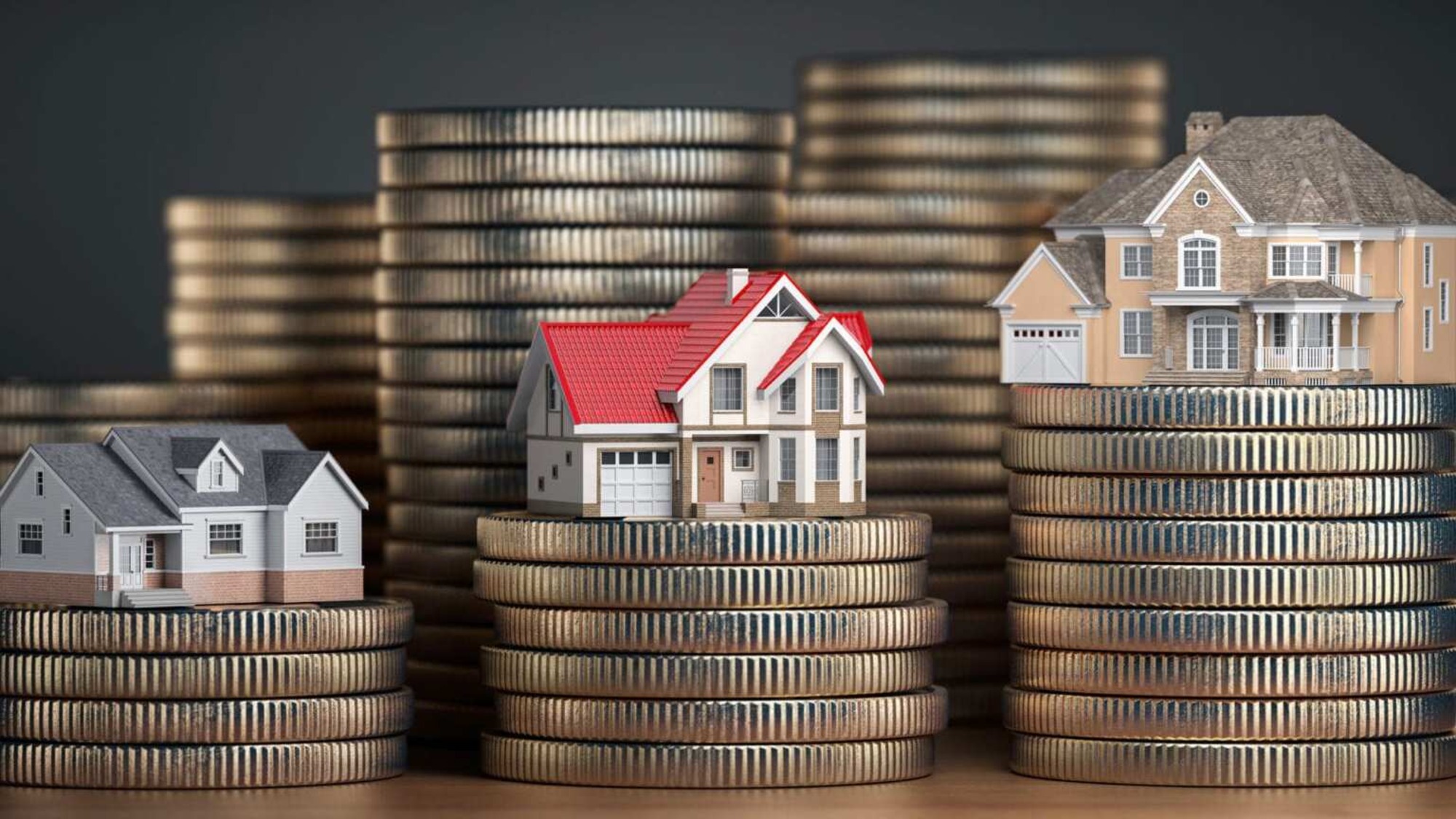How are investments taxed in Canada?
If you’ve ever bought investments like stocks, bonds, or a property that isn’t your principal residence, you’ll want to understand what is considered an investment, and how investments are taxed in Canada. In most cases, when you sell any of these assets, you will have either a capital gain or a capital loss depending on if you sold it for a profit or a loss. If you sold your property for more than you bought it, the additional value over the principal is considered a capital gain and in Canada that means you need to pay taxes on that gain. However, some assets can be held in tax-advantaged accounts, and certain activity can lead to the CRA (Canada Revenue Agency) to consider your investment proceeds as business income.
Key takeaways
- Investments are taxed differently depending on if your investment generates income, is a capital gain, or the proceeds of a business activity.
- Income generated from an investment such as a rental property is taxed at your full rate but is usually eligible for taxable deductions.
- The sale of investments deemed as a capital asset are taxed as capital gains.
- The capital gains inclusion rate is 50%.
What assets are considered investments?
The Canada Revenue Agency defines capital assets as the following:
“[Capital property] includes depreciable property, and any property which, if sold, would result in a capital gain or a capital loss. You usually buy it for investment purposes or to earn income.”
In terms of real estate this can include cottages, land, buildings, and even equipment used in a business or rental operation. Other common capital assets include stocks, bonds and units of a mutual fund trust. It’s important to note that this definition is not completely objective, some assets such as stocks or real estate, can be considered capital assets in one situation, and business inventory in another. This usually depends on the activity of the asset holder, whether the asset was purchased to generate income, such as rental income, or if the asset was bought and sold “in the nature of trade” for example someone speculating on the appreciation of a home.
What is a capital gain?
You may be familiar with the term “capital gain” referring to the profit of the sale of an investment. What specifically is meant by the term capital gains?
According to the Canada Revenue Agency’s official definition:
“You have a capital gain when you sell, or are considered to have sold, a capital property for more than the total of its adjusted cost base and the outlays and expenses incurred to sell the property.”
A capital gain refers to the increase in the value of a capital asset when you sell it for more than what you originally paid for it. The capital gains tax rates will vary depending on the province you live in since provincial tax brackets vary. In Canada, 50% of the value of any capital gains is taxable, so if you sell a property or investment for more than what you originally paid for it, you will have to add 50% of the capital gains to your income. You will then be taxed based on your tax bracket.
What is a capital loss?
When you sell assets for a gain, you have to pay tax on the profit based on your income tax bracket. What about when you sell for a loss? When you sell capital assets at a loss you have incurred a capital loss, which can be used to deduct from your capital gains for tax purposes.
The capital loss inclusion rate is the same as the capital gains one: 50%. In practice, this means that it’s easiest to calculate all of your capital gains and losses together and then pay tax on 50% of the net gain (if you have one). If you sold assets for a $1000 profit, but you also sold an asset for $1000 less than you paid for it, your capital gains and losses would be net 0 and you would have no capital gains to be taxed on.
How do I calculate capital gains tax?
Using our capital gains tax calculator, you can easily determine the amount of capital gains tax you will have to pay. This will be based on your tax bracket as well as the province you live in.
In Canada, 50% of the value of any capital gains is taxable, so if you sell a property or investment for more than what you originally paid for it, you will have to add 50% of the capital gains to your income. You will then be taxed based on your tax bracket.
To calculate capital gains tax, the formula is as follows:
Proceeds of disposition – (adjusted cost base + expenses on disposition) = capital gain
Then to determine the amount to add to your income tax and benefit return, you will multiply your capital gains by 50%.
Let’s use a real estate investment as an example.
You purchase a rental property for $500,000 which then appreciates to $600,000 over the next few years. You decide to sell the home which is a capital asset and need to pay capital gains tax on the proceeds of the sale. Your total capital gain is $600,000 – $500,000 = $100,000 of which 50% becomes taxable income. In this case you would have made a profit of $100,000 from your investment, and report $50,000 worth of taxable income on your tax return for the year.
Tax advantaged accounts: TFSA, RRSP, FHSA
The sale of an investment property is almost always considered a capital gain, but what about stocks, bonds, and other financial instruments? In Canada we have three important tax advantaged accounts which everyone can benefit from including the newly introduced FHSA.
Recommended reading: Everything you need to know about the Tax-Free First Home Savings Account
TFSA – Tax Free Savings Account
The most commonly known is the TFSA, or Tax Free Savings Account. Unlike what the name suggests, you can hold more than just a basic savings account. The TFSA is an investment account where you can hold stocks, bonds, and other financial assets, where you will not have to pay any taxes on the proceeds or income of your investments. As of 2023, the maximum amount you can contribute to your TFSA per year is $6500. Profits made from the sale of investments within the TFSA are completely tax free. Money can be withdrawn at any time from your TFSA, however you will need to wait until the next tax year to re-contribute any excess room you have from withdrawing funds.
RRSP – Registered Retirement Savings Plan
Another notable tax advantaged account we have in Canada is the RRSP, or Registered Retirement Savings Plan. The contribution room to an RRSP is calculated based on your income and the funds contributed are tax deductible. Any purchase or sale of assets within your RRSP are tax exempt however, unlike a TFSA, you cannot freely withdraw money from the account without incurring taxes. When you withdraw money from an RRSP it is usually taxed as regular income, and there may be additional penalties for withdrawing over a certain amount and before you reach a certain age.
FHSA – First Home Savings Account
The latest addition to the list of registered tax-advantaged accounts Canadians can benefit from is the First Home Savings Account. The FHSA is basically a TFSA (Tax-Free Savings Account) and an RRSP (Registered Retirement Savings Plan) combined into one, with the benefits of both. In an FHSA you can contribute as much as $8,000 annually, up to a maximum of $40,000, which will take you 5 years if you contribute your maximum amount each year.
The account can be opened for a maximum of 15 years at which point you will have to have withdrawn the money or roll it into your RRSP.
The best part about the FHSA is that it’s not only tax-free like the TFSA for contributions, but the contributions can also be deducted from your income, similar to an RRSP and reduce your income taxes for the year.
How is day-trading taxed in Canada?
While most assets like stocks and real estate are considered capital assets and taxed under capital gains, if you meet certain activity indicators the CRA might determine that your investments classify as business income. In this case instead of the 50% capital gains tax inclusion rate, your gain from these investments would be taxed at a 100% inclusion rate, or in other words all of it would be included in your income as you are considered to be running a business. “Day-trading” the practice of buying and selling stocks to make profit off of short-term price fluctuations is generally considered a business activity rather than investing, and therefore the CRA may determine that your profits are business income rather than a capital gain.
In real estate investing, the CRA may deem your sale of a property to be business income if they suspect you purchased the home to sell shortly after it appreciates, commonly called “house-flipping”. If you purchase a property for the purpose of generating rental income however, it should be considered a capital asset as it is clear your business generates income from renting, not from the sale of properties.
This article represents a general overview of how investments are taxed in Canada. If you have tax questions, it’s best to get in touch with a tax professional such as a licensed accountant who can give you specific advice. If you have questions about homeownership or your mortgage, Perch is here to help you navigate the world of real estate.
Perch is your digital mortgage brokerage, offering you the opportunity to search and compare mortgages, then get pre-approved in as little as 20 minutes. Think of us as Google Flights, but for your mortgage.
When you sign-up to Perch you get instant access to our Pathfinder tool, which will show you mortgage options from dozens of lenders.
Our mortgage advisors have years of experience in the mortgage industry, and can help you choose the best mortgage for your situation, so you don’t have to worry about leaving money on the table.
 Ali
Ali






